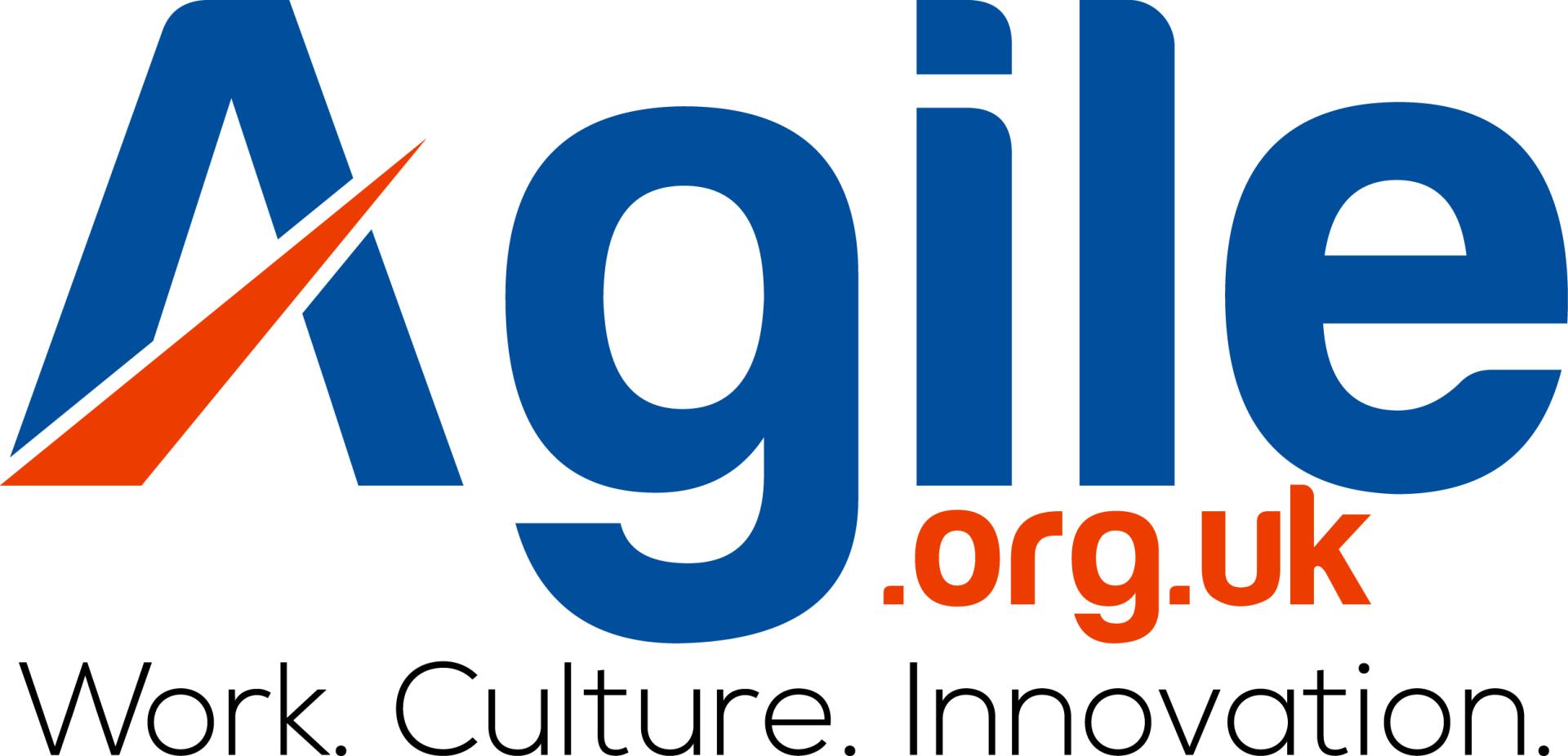Agile teams are groups of people who collaborate to complete a shared project in accordance with the Agile framework. Agile is an approach to project management that values teamwork, adaptability, and rapid iteration over strict adherence to precedent.
Rapid response to change, teamwork, and a focus on the customer’s needs are hallmarks of agile teams. Teams using the Agile methodology are encouraged to regularly assess their progress and make changes to their methods in order to maximise productivity and efficiency.
The importance of open lines of communication and teamwork is a hallmark of Agile teams. Members of an Agile team are urged to collaborate closely, sharing information and insights to help one another and the team succeed in its mission. Many organisations try to achieve this through regular team meetings, open lines of communication, and a commitment to transparency.
The use of iterative development cycles is another hallmark of Agile teams. Instead of trying to map out the entire project in advance, agile teams divide their efforts into shorter time periods called sprints. Each sprint lasts for a set amount of time, usually a couple of weeks, and is dedicated to delivering a distinct set of features or functionality.
A further hallmark of agile teams is their flexibility in responding to new demands and shifting conditions. They value adaptability over strict adherence to a set agenda, which allows them to swiftly meet the demands of a dynamic consumer base and an equally fluid technological and economic environment.
Agile teams, in general, are a collaborative and adaptable method of project management that places an emphasis on the needs of the client and the possibility of constant improvement. In situations where traditional, rigid methods may not be as effective, such as complex, rapidly-changing projects, they can be extremely useful.
Main Roles of an Agile Team
Each member of an Agile team is responsible for specific tasks that advance the group’s goals. Some of the most common positions on an Agile team are listed below.
Product Owner
The Product Owner is the person who is ultimately in charge of the product backlog and how it is ordered. Understanding customer needs, defining product features and requirements, and effectively communicating the team’s progress and plans all require close collaboration with various stakeholders.
Scrum Master
The Scrum Master is the person in charge of ensuring that the team adheres to the Agile framework and principles and facilitating the Agile development process. They make it easier for the team to communicate and work together, and they eliminate any roadblocks that might otherwise stand in the way of their success.
Dev Team
Third, the Development Team is accountable for creating and delivering the product increments throughout the sprints. Each sprint ends with a shippable product increment built and tested by the entire cross-functional team.
Stakeholders
Stakeholders are people and organisations who have something to gain from the success of the product. They help the development staff out by giving their thoughts and suggestions to guarantee the final product is what the public wants.
Customers and Users
End-users of a product are known as Customers or Users. When they try out the product and provide feedback, it helps the team refine it and better meet the needs of the consumers.
Each member of an Agile team has a specific role, but all of them work together for the common good of the team and the satisfaction of the customers. Every member of the team must do their part to ensure the project’s success and the satisfaction of the project’s stakeholders and customers.
Advantages of Agile teams
Due to their many benefits over more conventional approaches to project management, agile teams have been growing in popularity in recent years. Some of the many advantages of using Agile teams include the following:
One benefit is greater adaptability, as agile teams are better able to respond swiftly to shifting priorities and the marketplace. Their approach to product development, which centres on releasing frequent, minor updates, allows them to rapidly incorporate user feedback and new ideas.
Increased Teamwork: The emphasis on teamwork and collaboration in Agile methodologies contributes to the development of individual responsibility and pride in one’s work. This improves coordination, helps make quicker decisions, and helps solve issues more thoroughly.
Agile teams prioritise rapid delivery of a minimum viable product (MVP) and iterative refinement based on user and stakeholder feedback to boost product quality. By iteratively improving upon previous steps, product quality and customer satisfaction both increase.
As a result of the agile team’s dedication to incorporating customer feedback into the final product, the satisfaction of the latter is increased. This results in products that are more in tune with consumer tastes, which in turn increases satisfaction and brand loyalty.
Risk is reduced because work is broken down into smaller, more manageable tasks, and the emphasis is placed on delivering value at every stage of the process when using an agile methodology. Consequently, the chances of a project failing are diminished, and resources are better able to be put to good use.
Agile methodologies encourage open communication and transparency amongst teams, stakeholders, and customers. This establishes credibility and ensures that everyone working on the project has the same understanding of its goals.
Collectively, Agile teams have many advantages that can help their projects succeed. Agile teams, which place a premium on teamwork, adaptability, and the needs of their clients, thrive in today’s dynamic business climate.











